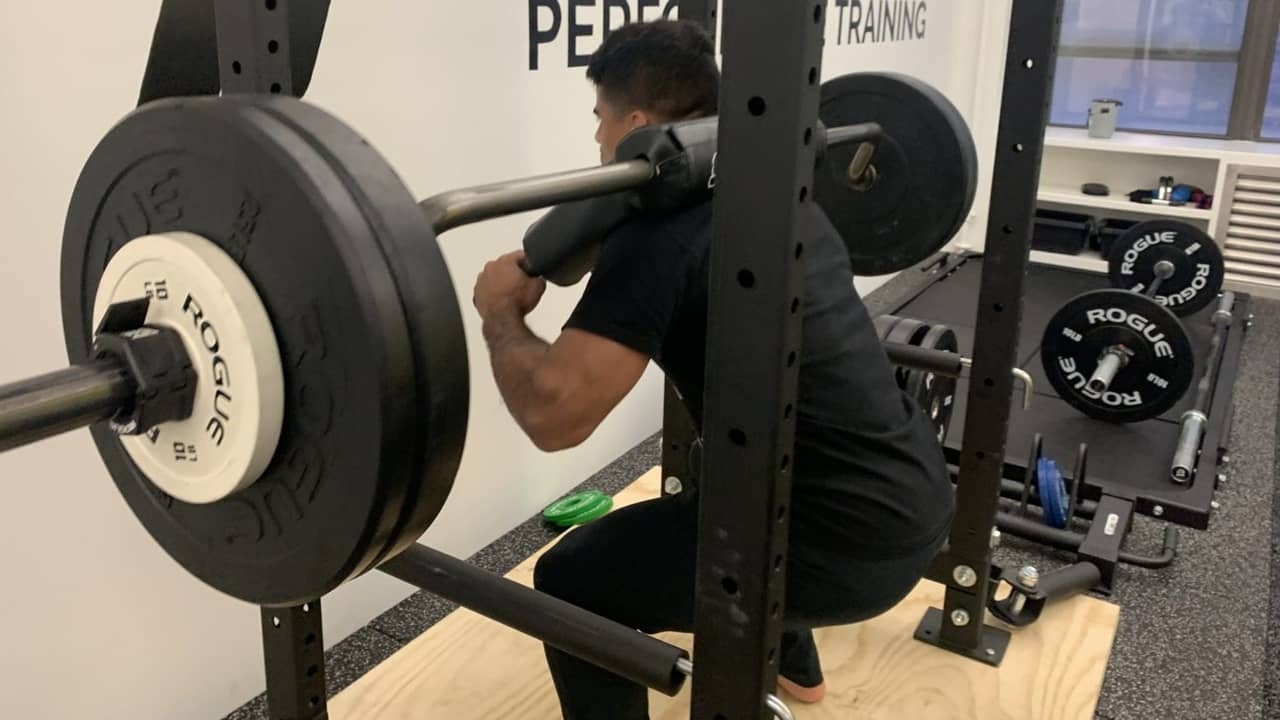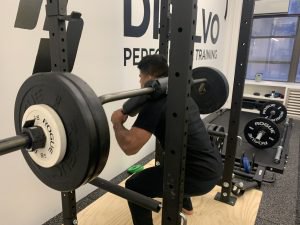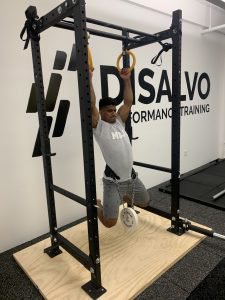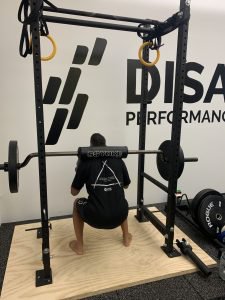
How To Build Real Strength For Jiu Jitsu
By Mark Disalvo
The same thing that makes a BJJ athlete “strong” is the same thing that makes any athlete strong: dedicated time to working on their Real Strength for jiu jitsu and shoring up weaknesses.
 How do you actually work on your strength though? Ultimately, it’s not easy, but it’s not complicated either: you need to figure out quantifiable metrics that you can see positively increase with dedicated time to them.
How do you actually work on your strength though? Ultimately, it’s not easy, but it’s not complicated either: you need to figure out quantifiable metrics that you can see positively increase with dedicated time to them.
The thing that gets a bit convoluted at times is that people sometimes concern themselves a bit too much with “specificity” and they do so too soon. Meaning, they try to find exercises that mimic the sport of jiu jitsu too closely. While that may promote the improvement or growth of some qualities, it doesn’t get to the core of getting stronger.
Here are some considerations and actionable steps you can take in evaluating your strength training protocols as a jiu jitsu athlete (or a fighter in general) and start to build some real Strength for jiu jitsu:
Quantifiable progress, specifically in an indicator lift
 If you wanted to make it really simple (and why wouldn’t you), you can take big, multi-joint exercises (squat, bench, deadlift), improve their numbers, technique and you will get stronger. There’s just no way you won’t (provided that you take care of the other items below) and do it properly.
If you wanted to make it really simple (and why wouldn’t you), you can take big, multi-joint exercises (squat, bench, deadlift), improve their numbers, technique and you will get stronger. There’s just no way you won’t (provided that you take care of the other items below) and do it properly.
But you’re here because you’re a fighter and you want an edge, I get that. That’s why it never hurts to understand the concept of “indicator lifts”. This is the idea that certain movements, ranges of motion or lifts, correlate more highly with strength required in a specific sport. This is not to be confused with sports specificity or mimicking movements however.
The key difference here is that “indicator lifts” strengthen relevant muscles and enhance your movement quality (by making you stronger or more powerful for instance). They needn’t resemble Spider Guard or a Double Leg Takedown, but they should address key muscles in the techniques, for instance.
You can make an argument for many different lifts in jiu jitsu, but my favorites are the
weighted pull-up, the deadlift and a variation of bench/floor press. Make it as specific as
you feel you need to for your athletes (or yourself), but just keep it consistent in testing
and training.
From here, progression becomes the name of the game. Entire textbooks have been written on the concept of periodization. It’d be impossible to cover it all here, but the important point is that you should be progressing over a long period of time in a quantifiable metric. The obvious one is weight added to the bar, but if that’s the only thing you judge your progress then you might find yourself discouraged when you hit your first roadblock.
To combat this, I will often examine how certain weights or loads become easier to move over time for athletes. When I’m coaching in person, it’s usually based on my observation of how fast the athlete moves, the exertion required to move an object (like a barbell). When you have to do things remotely or on your own, you will want to use an RPE (Rate of Perceived Exertion) scale to monitor this.
RPE has many interpretations, but works like this: you rate your lift or effort on a scale of 1 to 10. The lesser the number, the lesser the effort required. I often reserve “10” for true max-outs and something you very rarely should be hitting.
For example: if you are deadlifting 315# for 3 reps and it’s a 9 on the RPE scale for you in January, but by August you’re using 315# for 3 reps in a warm-up and it feels more like a 7 — you made some real progress.
Another way you can test your strength is using similar movements on other bars or implements that you can quantify easily. An easy example here is how your bench press compares between bars. If you take a Neutral Grip Bar and a typical barbell, and have a very similar performance between bars — you can assume your pushing/pressing Jitsu and mechanics are balanced.
Alternatively, if you take a Barbell Floor Press and find the numbers are remarkably similarly to your Bench Press numbers, you likely have strong triceps and need to work on the full range of motion to improve your bench press (and moreover, your pressing strength).
Eating / Sleeping / Managing Your Schedule for the Job at Hand
Increasing your strength training takes a toll on the body like anything else. Even if you’re just used to Jitsu Strength or other combat sports, it takes a very different bit of energy from you. To manage that, you need to ensure you’re eating, sleeping and managing your schedule for success.
A lot of times, when people lament they cannot gain lean weight or put on the necessary strength, they are sorely neglecting this aspect of their life. Remember, over-activity and maintaining a busy training schedule requires the right amount of fuel and rest just to maintain, let alone progress.
Ultimately, just remember that the physiological adaptations happen while you rest in response to the stressors put on the body. Give your downtime the seriousness you give your training. Schedule it, turn off the phone, and just wind down.
A strategy I will often use with athletes is to give them a compliance check-list. When you complete a task, you check it off the list. Recovery protocols or scheduled downtime make their way onto this list to increase the likelihood of compliance.
Improve Your Weaknesses
 When people hit “plateaus” in lifting, it’s almost always due to some smaller underlying weakness in my experience. Is your deadlift feeling good, but suddenly you can’t hold onto the bar? Work your grip. Is the top range of your pull-up near the bar hard to properly achieve? Work on your scapular retractors, mobility and soft tissue.
When people hit “plateaus” in lifting, it’s almost always due to some smaller underlying weakness in my experience. Is your deadlift feeling good, but suddenly you can’t hold onto the bar? Work your grip. Is the top range of your pull-up near the bar hard to properly achieve? Work on your scapular retractors, mobility and soft tissue.
You’re only as strong as the weakest link in your chain.
Never Let your GPP (General Physical Preparedness) Slip.
GPP is the base of your athletic development. I’ve addressed it in past articles, but it’s your basic athletic ability, health and simple Jitsu Strength qualities.
Truthfully, I don’t worry about this with grapplers or fighters too much: after all, most love to train, condition themselves regularly in class while doing drills and rolling. They typically love timed, hard workouts.
However, sometimes this is a big hole in an athlete’s development. If you’re not active enough outside of class or practice, carry too much excess body fat, or have a compromised cardiovascular/aerobic capacity, you may be compromising your GPP.
This can get in the way of making strength gains and progress.
These are all concepts that are explored and accounted for in our new program Advanced Jiu Jitsu Strength, coming here to Get Physical very soon. In the meantime, take this advice, apply it to your training and watch your strength grow.




